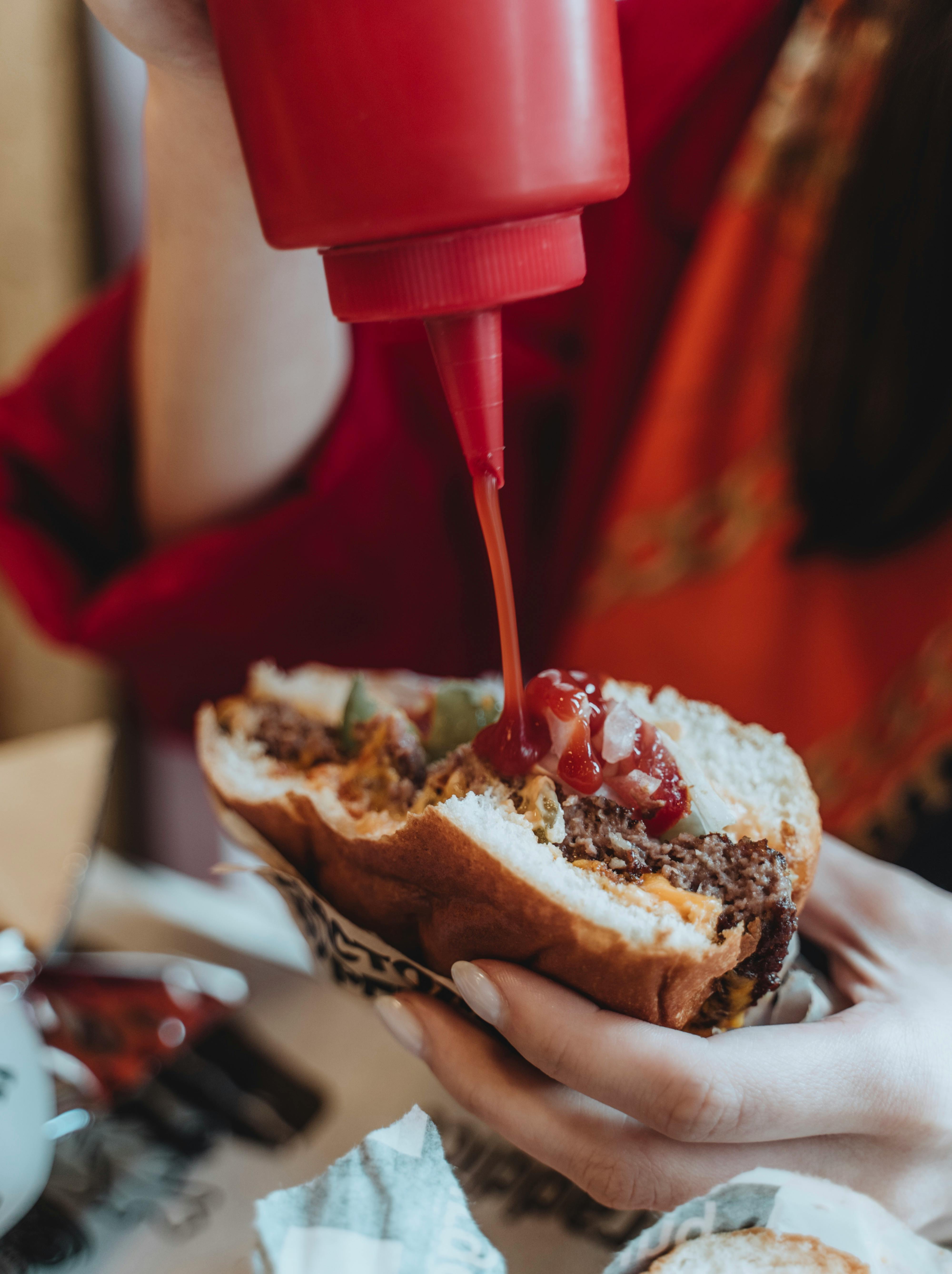When we think of disasters, we usually imagine fires, earthquakes, or hurricanes. But in 1919, Boston faced a catastrophe so bizarre it almost sounds like a joke: a flood of molasses.
Yes—molasses. Thick, sticky syrup sweeping through city streets with the force of a tidal wave. It’s a story that’s both tragic and unforgettable, yet rarely told.
A Tank Too Big to Fail
The story begins with the Purity Distilling Company, which built a massive storage tank in Boston’s North End. The tank held over two million gallons of molasses, used in making industrial alcohol.
But there was a problem: the tank was poorly built. Workers reported leaks from the start, and locals even brought buckets to collect free molasses dripping down its sides. Instead of fixing the structure, the company painted the tank brown to hide the leaks.
The Day It Burst
On January 15, 1919, an unseasonably warm day caused the molasses to expand inside the tank. At around 12:30 p.m., the steel walls gave way with a thunderous roar.
What followed was surreal: a 25-foot wall of molasses surged through the streets at 35 miles per hour. That’s faster than most people can run.
Buildings collapsed. Horses and wagons were swept away. People were trapped in the sticky flood, struggling to breathe. By the end, 21 people were dead and more than 100 were injured.
The Cleanup That Never Ended
The cleanup was just as nightmarish. Firefighters, soldiers, and volunteers spent weeks hosing down the streets with salt water and sand. Molasses clung to cobblestones, coated buildings, and even floated out into Boston Harbor, where the water stayed brown for months.
For decades afterward, residents swore that on hot summer days, you could still smell molasses in the North End.
The Hidden Lesson
The Great Molasses Flood wasn’t just strange—it was preventable. Investigations revealed that the company rushed construction, skipped safety standards, and ignored warning signs.
It’s a sticky reminder that cutting corners in the present can lead to disasters in the future. What seems faster or cheaper now can cost far more down the line.
Why This Story Matters
Today, the Great Molasses Flood stands as one of history’s strangest industrial accidents. It may sound absurd, but it carries timeless lessons about accountability, safety, and the hidden costs of neglect.
It also shows us that history isn’t just about wars and politics—it’s filled with overlooked moments that shaped communities in unexpected ways.
👉 Want to uncover more hidden histories like this? Check out our latest video on Behind the Curtain, where we bring forgotten stories back to life.
👉 Want more stories like this? Subscribe to Behind the Curtains for weekly dives into the hidden history of everyday things.

